In April, actor Chris Hemsworth posted a video of him and his children collecting honey…
The buzz about stingless bees grows
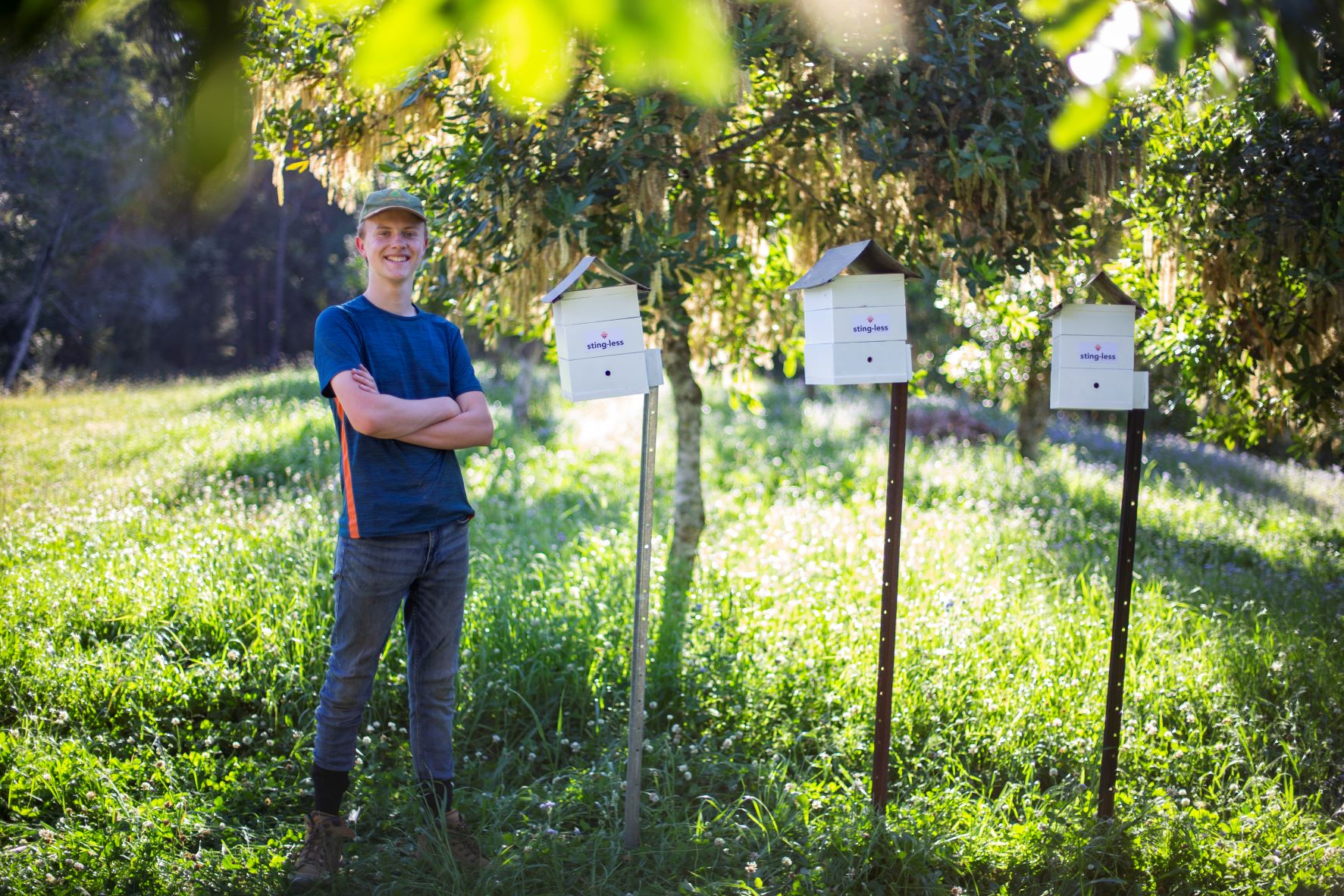
According to Jeremy Higgins, native stingless bees pack a punch when it comes to pollinating macadamia orchards. The 18-year old macadamia farmer from Valla on the north coast says stingless bees are �a new and exciting player� to the farming game.
�They are small but they are overflowing with potential,� Jeremy said. �Their foraging behaviour and small size has made them very effective pollinators, particularly for smaller flowers such as macadamias, blueberries and avocados.�
�Stingless bees are opportunistic � they can easily adapt exotic crop species and their diet is certainly not limited to native plants.�
Jeremy Higgins
�They thrive where honeybees do not, they are well adapted to the warm and tropical conditions of Eastern Australia.�
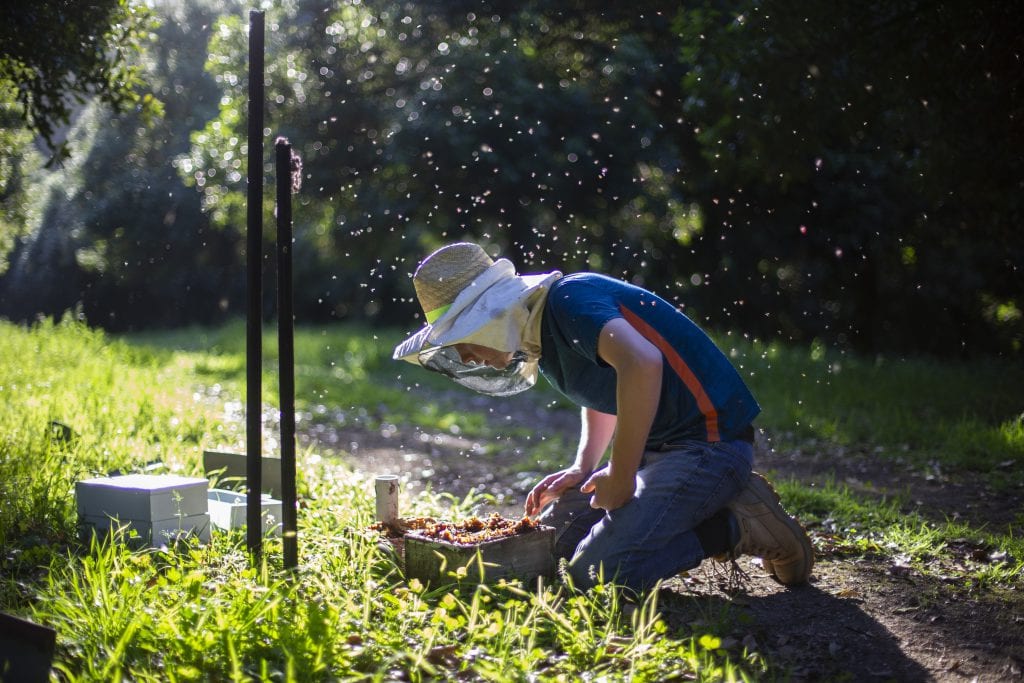
Jeremy�s buzz about stingless bees inspired the launch of Ag start-up company, Sting-Less, while completing his HSC last year. Sting-Less specialises in the use of stingless bees for crop pollination and the brokerage of colonies.
Jeremy is also experimenting using stingless bees to cross pollinate macadamia varieties to improve production.
The company is based on one of only a few certified organic macadamia farms in the region. Along with parents Jane and Charles, Jeremy cares for 1800 trees on the 50-hectare farm that supplies local processor Nambucca Macnuts.
Jeremy�s foray into stingless bees started at the age of 14 through involvement in a local growers group.
�My first paid job was actually splitting stingless bee colonies in halves for another local farmer,� Jeremy said.
�We are part of local growers pool called the Nambucca Area Macadamia Growers Association. One of the growers, Peter Ranking, is a very successful macadamia grower who was using stingless bees and we bought two colonies.�
�I had to split the colonies and built my own boxes. Under Peter�s guidance, I expanded my family�s own collection of colonies. Peter was impressed with my boxes and asked if I would do his, so I made twenty as well.�
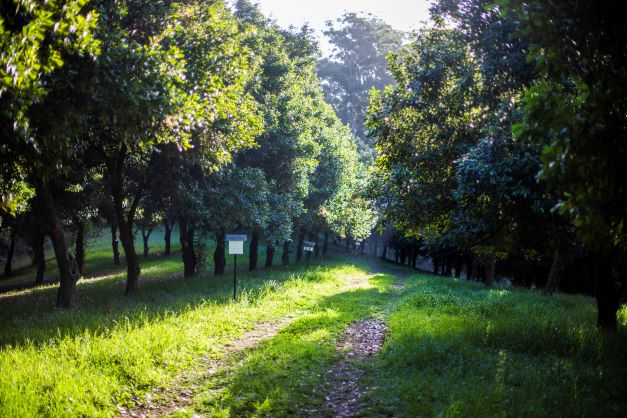
�The grower group is a very sociable one and the word soon spread. My parents would always bring me along to meetings and I would make myself known. It was the first type of business networking that I had done.�
Sting-Less now has its first six clients and Jeremy has expanded his networking efforts to the local blueberry industry.
�My goal is for the potential of stingless bees and my business to be taken seriously and that�s happening, so its good news. It is seasonal work, so the cashflow aspect is hard.
�Stingless bees will also keep me involved in local food production. Farming is all I have known. Before moving to the macadamia farm in 2005, our family had a beef grazing property at Nowendoc.�
Low GI sugar found in Stingless bee honey
An Agrifutures Australia research project has revealed a low GI sugar � trehalulose � is a major component of native stingless bee honey.
Australia has 11 native stingless bee species and Agrifutures Australia is buzzing about their potential to be the basis for a rapidly growing emerging industry.
Stingless bees produce a sweet but tangy honey that is highly prized by consumers and has long been thought to have therapeutic properties.
A report on the project released in October last year says the identification of trehalulose in these honeys has given further credence to these beneficial claims.
�This unusual sugar is not found as a major component in any other food, and serves as a distinctive marker of authenticity of stingless bee honeys,� the Optimising bioactive content of Australian stingless bee honey report states.
The research project aimed to also determine whether trehalulose is produced in the environment, in the bee or in the hive.
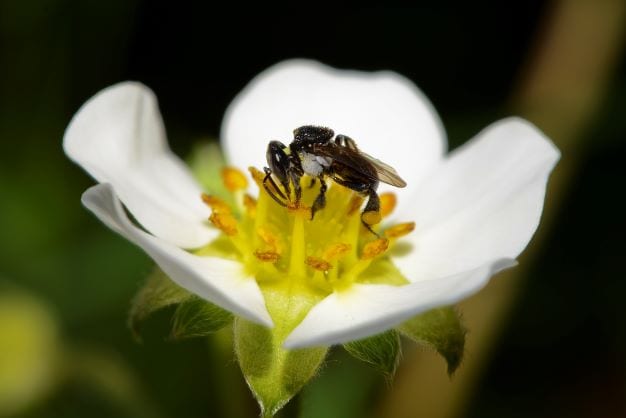
The natural distribution of stingless bees in Australia ranges from the sub-tropical coastal regions of New South Wales and Queensland to the tropical coasts of Queensland, Northern Territory and Western Australia.
The project examined honey produced by different stingless bee species across wide-ranging environments throughout these regions, from suburban backyards to horticultural crops.
Feeding experiments conducted in the study established that the biological precursor of trehalulose is sucrose, a major component in some floral nectars. Stingless bees fed sucrose in experimental hives produced honey rich in trehalulose.
These research outcomes will support the Australian Native Bee Association in its quest for an Australian Food Standard for stingless bee honey.
�Further research is required to expand knowledge of which plant species visited by stingless bees have floral nectar rich in sucrose,� the report says.
�Surprisingly, there is limited available knowledge of the sugar profiles of floral nectar of many Australian native plants, and also key commercial crops.
“Such knowledge would enable beekeepers to selectively site hives in locations close to sources of sucrose-rich nectar and thereby bolster the trehalulose content of stingless bee honey produced in their hives.�
A copy of the Optimising bioactive content of Australian stingless bee honey report can be downloaded here.
Could native stingless bees play an important role in growing NSW Agriculture?
Read about NSW Farmers’ goal of reaching a $30 billion Ag sector by 2030 here.


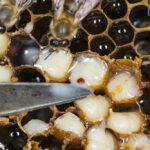
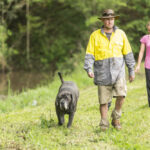
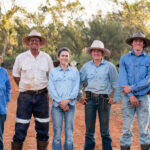




Thanks. Great article.
Congratulations to Jeremy for his initiative and innovation. Inspirational to see our young people succeed.